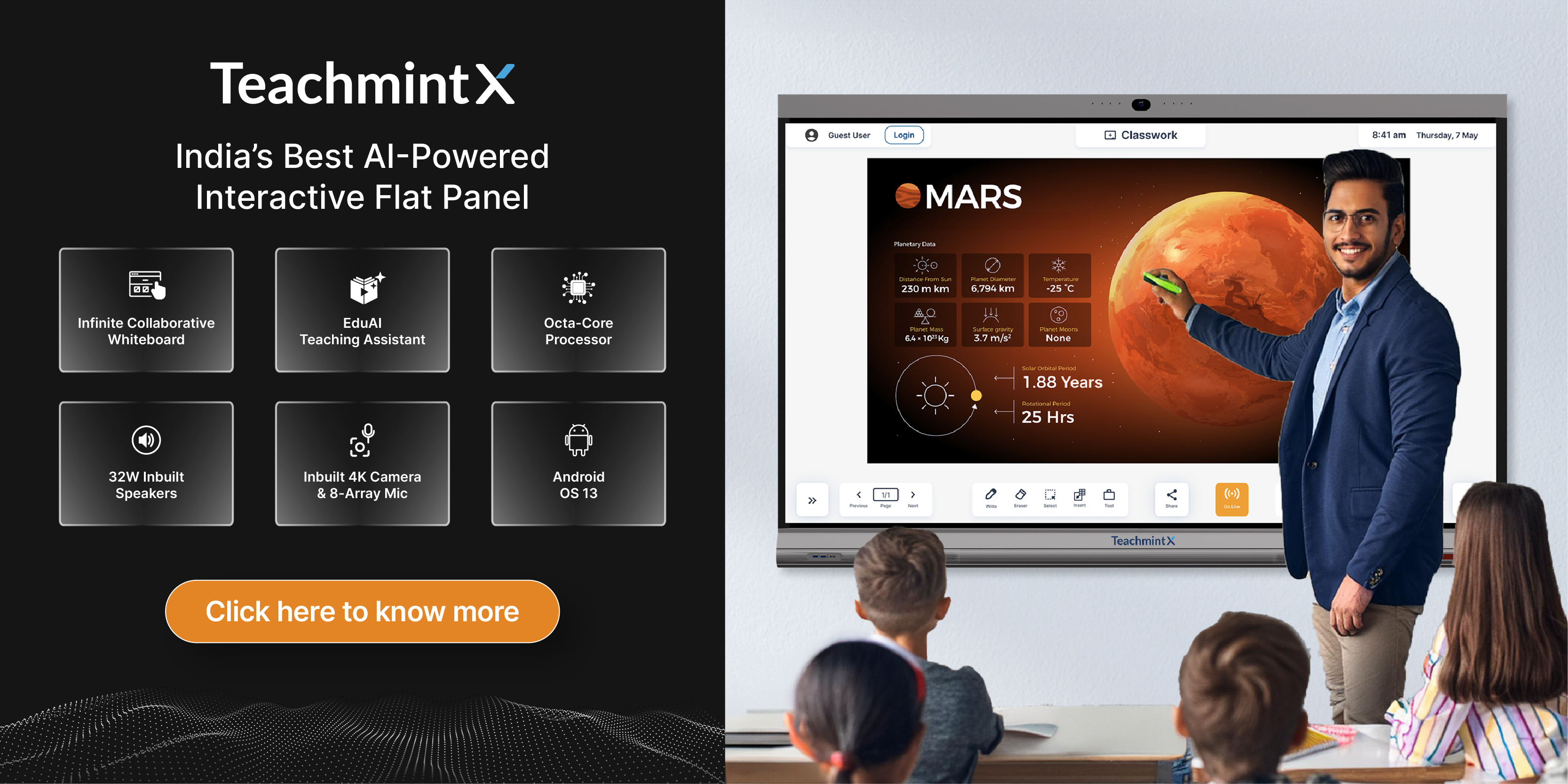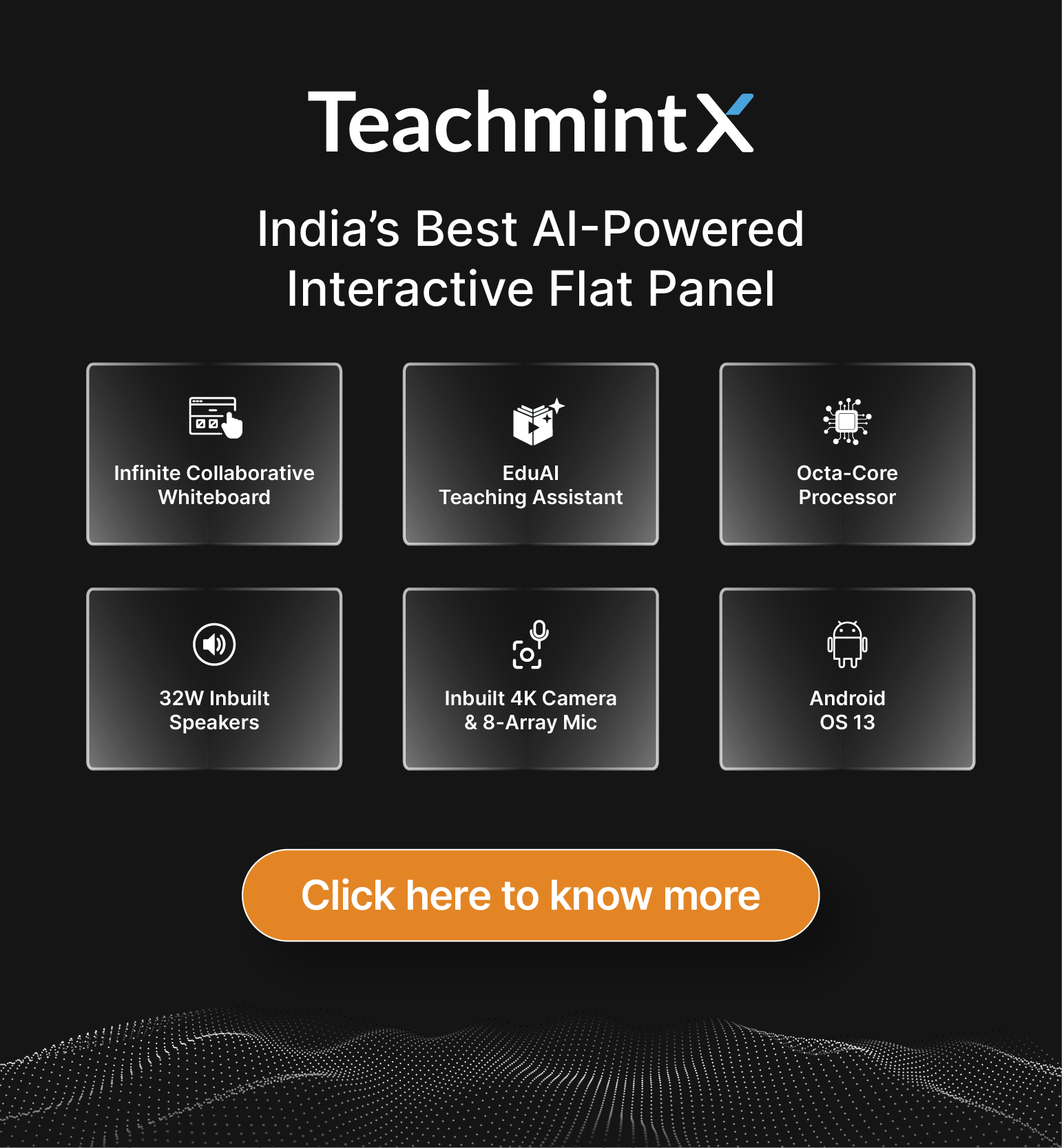Extensive reading is a technique where students read large amounts of material for pleasure and fluency development. This technique is also known as free voluntary reading or pleasure reading.
There are many benefits to extensive reading, but some of the most notable ones include: developing vocabulary, improving comprehension, developing a love for books, and increasing fluency.
The best way to get started with this type of reading is to simply find material that you enjoy reading. This can be anything from novels to magazines to blogs. The goal of this reading is to enjoy the material and increase your fluency. Don’t get too caught up in the details of what you’re reading.
Extensive reading is a great way to build your vocabulary in a second language other than your mother tongue. This helps you understand the sentence structure, grammatical rules, and styles of the target language. This reading type helps you to build your interest in the process of reading.
You can choose the book of your choice to engage in the process of reading. If you are choosing the genre that interests you, you will be engrossed in the book and will be able to enjoy it to the fullest.
There are several differences between intensive reading and extensive reading. The primary difference between the two is that during intensive reading, students intensely indulge in the text as they are working on specific learning objectives and tasks. It is comparable to extensive reading, which has students read materials for pleasure and to hone their general abilities.
Extensive reading is an approach to language learning in which long text and a large amount of material are read by the students for general understanding.
Extensive meaning is performing any task on a large scale or a large quantity.
Benefits of extensive reading
- Helps in building reading speed If you’re into consistent reading, you must try extensive reading as it helps in increasing the reading speed and results in efficient reading.
- Helps in building vocabulary Extensive meaning is doing something on a large scale. When learners read a lot, they meet thousands of words and lexical (word) patterns that are not taught in textbooks. Extensive Reading allows the learner to develop an awareness of collocations (common word partnerships) and thousands of lexical phrases.
- Helps in building reading fluency Extensive Reading helps learners to build reading speed and reading fluency. In particular, developing reading speed is important because it helps learners to understand language faster and better.
- Helps in improving grammar As we know, extensive meaning is carrying out something in large quantity. In textbooks learners meet hundreds of grammar patterns. However, textbooks do not provide enough meetings with grammar for real acquisition to occur. Extensive Reading provides opportunities to see grammar in context so learners can deepen their understanding of how grammar is really used.
To learn at your own pace, use Teachmint’s learning management system. To manage every need of educational institutions, use our school ERP software.
Learn more about Teachmint plans here.

